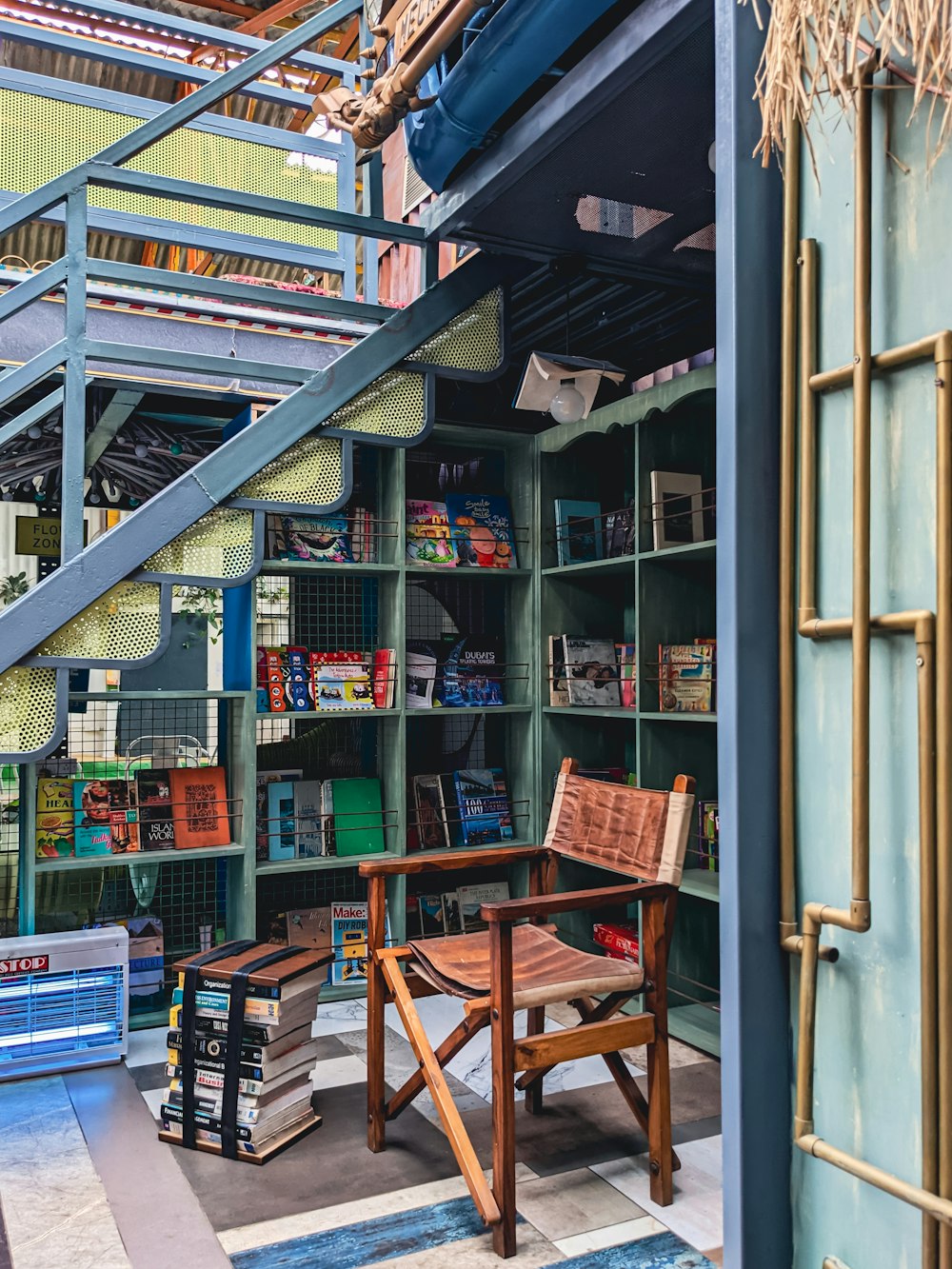DIY Bookshelf Building: A Comprehensive Guide to Planning Your Project
As an avid reader and DIY enthusiast, I have always been drawn to the idea of building my own bookshelf. Not only is it a practical addition to any home, but it also provides a sense of accomplishment and personalization to a space. In this comprehensive guide, I will share with you everything you need to know about DIY bookshelf building, from the advantages of building your own bookshelf to common mistakes to avoid. So grab your tools and let’s get started!
Advantages of Building Your Own Bookshelf
There are numerous advantages to building your own bookshelf. First and foremost, it allows you to customize the design to fit your specific needs and preferences. Whether you want a particular size, shape, or style, building your own bookshelf gives you the freedom to create a piece that is uniquely yours. Additionally, DIY bookshelf building is often more cost-effective than purchasing a pre-made bookshelf, especially if you already have some of the necessary tools and materials.
Building your own bookshelf also provides a sense of accomplishment and satisfaction. There is something very rewarding about creating a functional and beautiful piece of furniture with your own two hands. Furthermore, DIY bookshelf building is a great way to learn new skills and techniques, as well as to challenge yourself creatively.
Types of Bookshelves to Build
Before you start your DIY bookshelf building project, it’s important to consider the type of bookshelf you want to build. There are several different options to choose from, including:
- Wall-mounted bookshelves: These bookshelves are attached directly to the wall and can be customized to fit any space.
- Freestanding bookshelves: These bookshelves can be moved around and are not attached to the wall. They come in a variety of shapes and sizes, including ladder-style bookshelves and cube bookshelves.
- Built-in bookshelves: These bookshelves are built directly into the wall and provide a seamless look. They are often more challenging to build but can add significant value to your home.
When choosing the type of bookshelf to build, consider your space limitations, design preferences, and skill level.
Tools and Materials Needed for Building Bookshelves
To build a DIY bookshelf, you will need a variety of tools and materials. Some of the most essential tools include:
- Saw (hand saw or power saw)
- Drill and drill bits
- Screwdrivers
- Measuring tape
- Level
- Sandpaper
- Clamps
- Hammer
As for materials, you will need wood or another material for the shelves, as well as brackets or other hardware to support the shelves. Depending on the type of bookshelf you are building, you may also need additional materials such as paint or stain, wood glue, and screws or nails.
Measuring and Planning Your Bookshelf Project
Before you start building your bookshelf, it’s important to take accurate measurements and plan out your project. This will help ensure that your bookshelf fits properly in your space and that you have all the necessary materials.
Start by measuring the height, width, and depth of the space where your bookshelf will go. Then, determine the number of shelves you want and the distance between them. You may also want to sketch out a rough design for your bookshelf to help you visualize the finished product.
Once you have your measurements and design, you can create a materials list and purchase everything you need.
Step-by-Step Guide to Building a DIY Bookshelf
Now that you have your tools, materials, and plan in place, it’s time to start building your DIY bookshelf. Here is a step-by-step guide to help you get started:
- Cut your shelves to the desired width and length using a saw.
- Sand the edges of each shelf to smooth them out.
- Measure and mark where you want each shelf to go on the wall or support brackets.
- Attach the brackets to the wall or support structure using screws and a drill.
- Place the shelves onto the brackets and secure them in place with screws or brackets.
Remember to take your time and double-check your measurements throughout the process. It’s also a good idea to have a helper to hold the shelves in place while you attach them to the brackets.
Tips for Building Built-In Bookshelves
Built-in bookshelves can be a bit more challenging to build than freestanding or wall-mounted bookshelves. Here are a few tips to help you successfully build built-in bookshelves:
- Take accurate measurements of the space where you will be building the bookshelves.
- Use a level to ensure that your bookshelves are straight and level.
- Cut and fit each shelf individually to ensure a snug fit.
- Use wood glue and screws to secure each shelf in place.
- Finish the bookshelves with paint, stain, or another finishing material to match your decor.
Decorating and Styling Your Bookshelf
Once you have built your DIY bookshelf, it’s time to decorate and style it. Here are a few tips to help you get started:
- Arrange your books by color, size, or genre for a visually appealing look.
- Mix in decorative items such as plants, vases, or framed photos to add interest.
- Consider adding lighting to your bookshelf to highlight your favorite books or objects.
- Don’t overcrowd your bookshelf – leave some empty space to allow each item to stand out.
Remember, the key to decorating and styling your bookshelf is to make it reflect your personal style and interests.
Common Mistakes to Avoid When Building Bookshelves
While building a DIY bookshelf can be a rewarding and fun project, there are some common mistakes to avoid. Here are a few to keep in mind:
- Not measuring accurately: Taking accurate measurements is crucial to ensure that your bookshelf fits properly in your space.
- Not using the right tools: Using the wrong tools can lead to mistakes and a less-than-perfect finished product.
- Not securing shelves properly: Properly securing each shelf is important for safety and stability.
- Rushing the project: Take your time and don’t rush the project, as this can lead to mistakes and a less-than-perfect finished product.
Recommended Resources for DIY Bookshelf Building
If you’re looking for more information and inspiration for DIY bookshelf building, there are several resources available. Here are a few of my favorites:
- www.sketchlist.com and see this post.
- DIY Network: This website offers a variety of tutorials and videos for building bookshelves and other DIY projects.
- Pinterest: Use Pinterest to search for bookshelf building ideas and inspiration.
- Home Depot: Home Depot offers a variety of tools and materials for building bookshelves and other DIY projects.
Conclusion
Building your own bookshelf is a fun and rewarding DIY project that can add both function and style to your home. By following the tips and guidelines outlined in this comprehensive guide, you can successfully plan, build, and decorate your own DIY bookshelf. So grab your tools and get started today!


